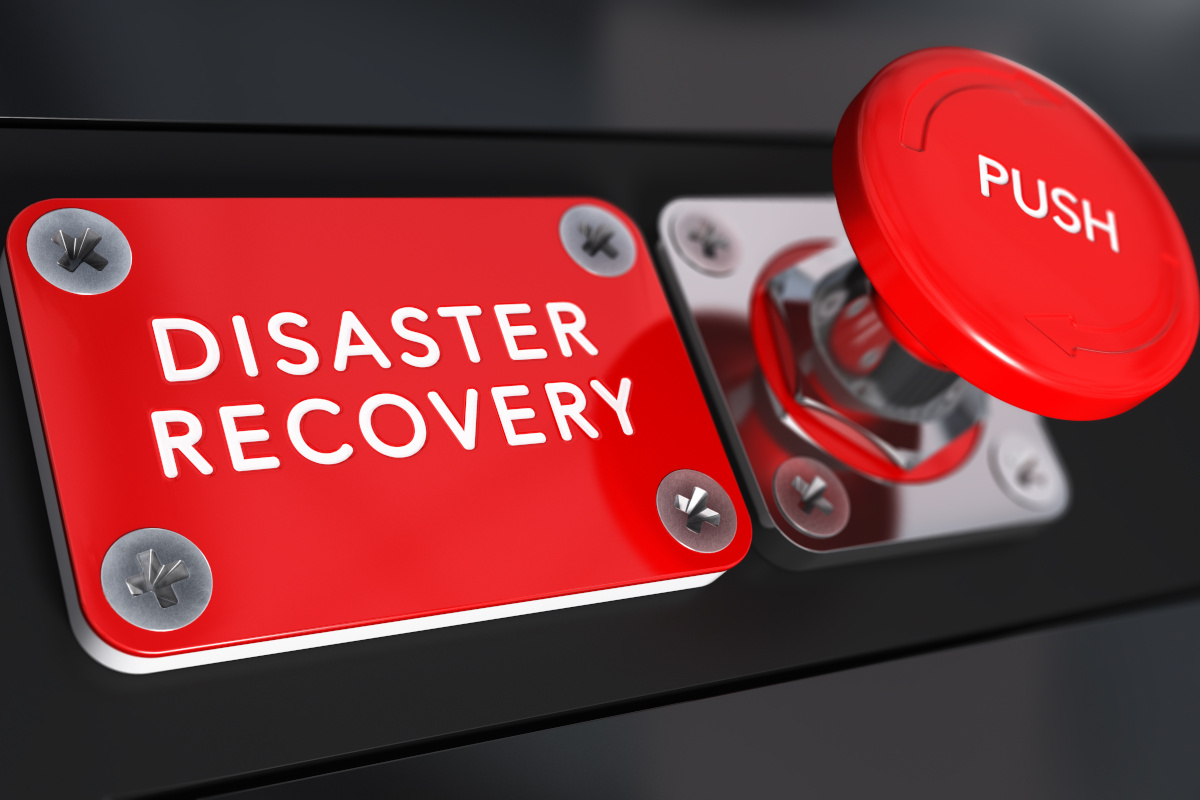What Is Data Backup and Disaster Recovery?
March 21st, 2024 by William Wentowski

In today's digital age, where data is a foundational asset for businesses and individuals alike, protecting this data becomes paramount. This is where data backup and disaster recovery come into play.
Understanding these terms and their significance can help safeguard information against unforeseen events and ensure continuity in the face of disruptions.
Understanding Data Backup
Data backup is copying and storing data to secure against loss or corruption. This can involve saving data on external hard drives, cloud storage, or other media, allowing for data recovery in case the original data is lost or damaged.
Data backup aims to create redundant copies of data so that if a device fails or data is accidentally deleted, there's a fallback option to restore the lost information.
The Role of Disaster Recovery
On the other hand, disaster recovery is a broader strategy that involves planning and procedures to resume business operations quickly after a disaster. This can include data breaches, natural disasters, or any event that significantly disrupts operations.
Disaster recovery plans often include data backup solutions but also encompass a more comprehensive range of considerations such as hardware, software, networking equipment, and connectivity to ensure that all aspects of technology infrastructure can be restored or replaced if necessary.
Why Data Backup and Disaster Recovery Are Essential
The importance of data backup and disaster recovery cannot be overstated. In the event of data loss or system failures, the ability to quickly recover data can be the difference between a minor setback and a major crisis.
For businesses, this means avoiding significant financial losses, maintaining customer trust, and ensuring the continuity of operations. For individuals, it means protecting personal information, memories, and important documents from being lost forever.
Implementing Effective Data Backup and Disaster Recovery Strategies
It's essential to regularly back up data and test recovery processes to implement effective data backup and disaster recovery strategies. This includes:
1. Regularly Scheduled Backups
Automating the backup process ensures data is consistently copied at predetermined intervals. This practice helps maintain up-to-date data versions, minimizing the risk of significant data loss.
2. Secure Storage Solutions
Encrypted storage solutions protect backed-up data from unauthorized access and cyber threats. These secure environments ensure that sensitive information remains confidential and intact, safeguarding against potential breaches.
3. Comprehensive Disaster Recovery Plans
Developing and maintaining detailed disaster recovery plans is vital. These plans should clearly outline the steps necessary to recover operations swiftly and efficiently in various disaster scenarios, ensuring minimal downtime and disruption.
4. Regular Testing and Updates
It is imperative to test disaster recovery periodically plans to verify their effectiveness and workability under actual disaster conditions.
Additionally, updating these plans to address emerging threats and accommodate technological advancements ensures that recovery strategies remain robust and adaptable.
5. Strategic Data Backup Locations
Beyond just backing up data, it's essential to consider the physical and geographical location of where your data is stored. Diversifying storage across multiple locations can protect against data loss due to natural disasters affecting a particular region.
Utilizing cloud storage effectively can offer redundancy, flexibility, and accessibility, ensuring data can be restored from anywhere at any time.
6. Employee Training and Awareness
A critical but often overlooked aspect of disaster recovery is human error. Providing regular training and fostering employee awareness about the importance of data security practices can drastically reduce the risk of data loss.
Educating staff on identifying phishing attempts, proper data handling, and the significance of regular data backups are essential components of a comprehensive data protection strategy.
7. Customized Backup Solutions
Recognizing that one size does not fit all, businesses must customize their backup and disaster recovery solutions based on their needs.
Factors such as the volume of data, the critical nature of different datasets, and regulatory compliance requirements should inform the design of these solutions.
Tailoring the approach ensures that resources are allocated effectively, prioritizing protecting the most sensitive and critical data.
Safeguarding Your Future
In conclusion, data backup and disaster recovery are essential practices that serve as a safety net for businesses and individuals.
By understanding and implementing these strategies, one can safeguard against data loss and ensure that operations can continue smoothly despite disasters.
Remember, preparing for a disaster is before it happens, not after. To ensure your data is protected and your recovery plans are solid, consider contacting BTS Technologies.
With data backup and disaster recovery solutions expertise, BTS Technologies can help you secure your digital assets and prepare for any eventuality. Don't wait for disaster to strike. Secure your data and future with BTS Technologies today.
Posted in: Cyber Security

